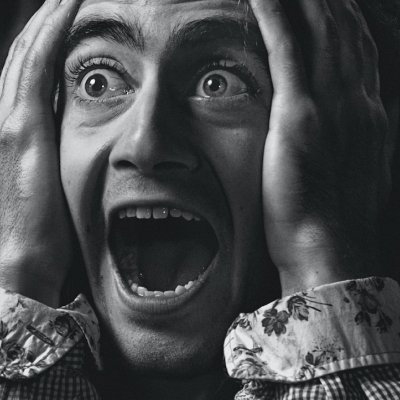present participle
- Examples
In this lesson, we will focus on the uses of the present participle. | En esta lección nos vamos a concentrar en los usos del participio presente. |
Both the present participle and the past participle can be used as adjectives. | Tanto el participio presente como el participio pasado pueden ser usados como adjetivos. |
In English there are mainly two kinds of participles: the present participle and the past participle. | En inglés hay principalmente dos tipos de participios: el participio presente y el participio pasado. |
It is formed using the auxiliary verb emañ and the present participle. | El presente continuo se forma mediante el auxiliar emañ y el participio presente (estar + gerundio). |
In the English language, there are mainly two types of participles: the present participle and the past participle. | En el inglés hay principalmente dos tipos de participios: el participio presente y el participio pasado. |
This is formed using the simple future of the verb to be + the present participle of the main verb. | Future continuous Se forma con el simple future del verbo ser + el participio presente del verbo principal. |
The future perfect continuous is made up of two elements: the future perfect of the verb to be + the present participle of the main verb. | El future perfect continuous se compone de dos elementos: el future perfect del verbo ser + el participio presente del verbo principal. |
The present continuous is made up of two parts: the present tense of the verb to be and the present participle of the main verb. | Present continuous El present continuous consta de dos partes: el presente del verbo to be y el participio presente del verbo principal. |
Since the present participle may simply emphasize the results and is sometimes translated like a present, there may be no distinction here, but perhaps John meant to broaden the focus on the significance of the incarnation. | Ya que el participio presente puede dar énfasis simplemente a los resultados y a veces puede traducirse como presente, puede no haber ninguna distinción aquí, pero quizás Juan quiso clarificar el enfoque en la importancia de la encarnación. |
The correlatives had their origins in an unfolding of the nominal forms of transitive verbs: the present participle as an active form, the past participle as the passive and the infinitive as the nexus between the two. | Los correlativos tienen su origen en un desplegamiento de la forma nominal de los verbos transitivos: el participio presente como forma activa, el participio pasado como pasiva y el infinitivo como nexo entre los dos. |
We learned the difference between the present participle and the past participle. | Aprendimos la diferencia entre el participo activo y el participio pasivo. |
We learned how to make the present participle in Spanish class today. | Hoy aprendimos a formar el participio presente en la clase de español. |
Other Dictionaries
Explore the meaning of present participle in our family of products.
Random Word
Roll the dice and learn a new word now!
Want to Learn Spanish?
Spanish learning for everyone. For free.















